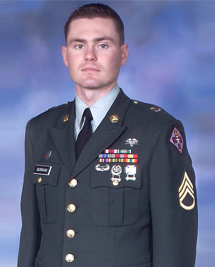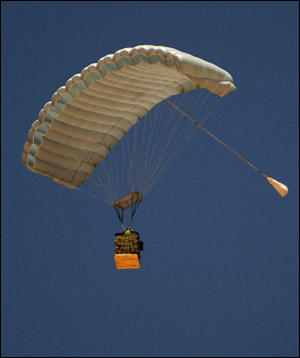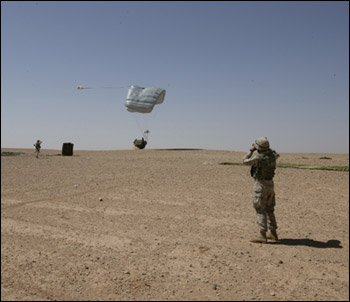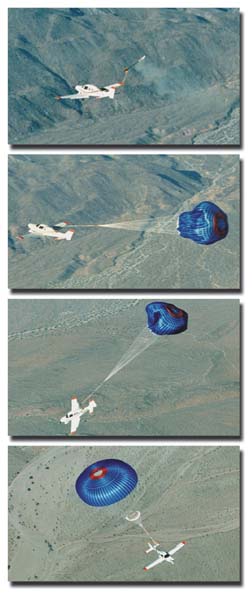Improvised explosive devices, or IEDs, are booby traps–disguised or hidden devices–activated by victims or detonated remotely or on command. IEDs have been used since World War II and more recently in Chechnya, Lebanon, Afghanistan, and Iraq.
IEDs are intended to incapacitate or kill and to create intimidation and terror. They are used in unconventional warfare and by definition can be made with almost any type of material and initiator. These “homemade” devices employ pyrotechnic or incendiary chemicals and can be made in combination with toxic chemicals, biological toxins, or radiological material. Although IEDs can be found in varying sizes, functioning methods, containers, and delivery methods, they share a common set of components: some type of explosive fill, an initiation mechanism, a detonator, a power supply for the detonator, and a container. Although the press sometimes refers to them as roadside bombs, IEDs can be in packages, carried in vehicles (“car bombs”), or worn by suicide bombers.
Two or more IEDs may be detonated by coupling, linking one mine or explosive to another so that when one is detonated, the other goes off; rolling, setting off an unfuzed explosive after a mine-clearing roller has passed over it, by means of a second, fuzed device, which detonates the first one when it is underneath the clearing vehicle; boosting, stacking buried mines atop one another, with the deepest device being fuzed, helping reduce metal detection and increasing the force of the blast; sensitizing antitank mines, removing the pressure plate or spring to reduce the pressure required to set them off; and daisy chaining, linking mines to other explosives with trip wire or detonating cord.
IED configuration affects the velocity of explosion and the type of damage: low explosives must burn in a confined space so that the gas formed causes an explosion; high explosives generally must be detonated by a shock wave of considerable force, usually from a detonator or blasting cap.
To detect a victim-activated IED requires recognition of the initiating object as a booby trap. The enemy wants the unwary or distracted person to interfere with the object to set it off by touching or picking it up. IEDs have been found in tires, garbage bags, fire extinguishers, barrels, and dead animals.
Threat indicators include the theft of explosives or of chemicals used in making explosives; the rental of self-storage space to store explosive apparatus; deliveries of chemicals to residences; the purchase, rental, or theft of a large van or truck; or the addition of heavy-duty springs to a large vehicle to handle heavier loads. Continue reading →
 entry – – which made it to Wikipedia’s English-language front page today. Burnham’s great-grandfather taught scouting skills to the guy who started the International Scouting Movement. Sgt. Burnham himself is an Eagle Scout. In 2004 – presumably before he became an NCO – he was soldier of the year.The first member of his family got to North America in 1617 – and there’s been a direct ancestor fighting for the United States in every war since the Revolution.
entry – – which made it to Wikipedia’s English-language front page today. Burnham’s great-grandfather taught scouting skills to the guy who started the International Scouting Movement. Sgt. Burnham himself is an Eagle Scout. In 2004 – presumably before he became an NCO – he was soldier of the year.The first member of his family got to North America in 1617 – and there’s been a direct ancestor fighting for the United States in every war since the Revolution.





